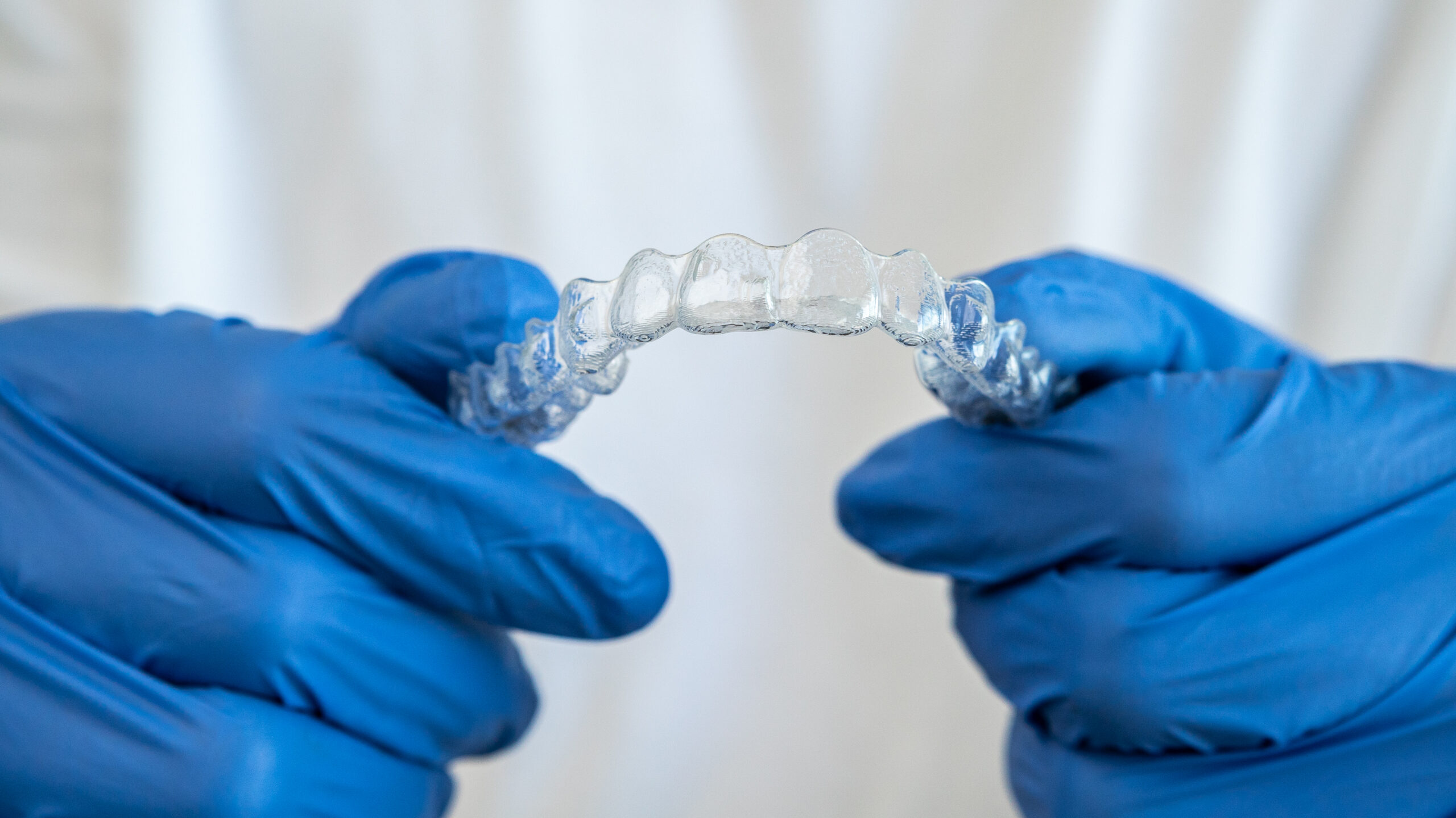

Silicone Gum
Silicone gum, also known as silicone elastomer gum, is a type of silicone polymer known for its unique properties and wide range of applications.
Understanding Silicone Gum: A Versatile Material with Unique Properties
It belongs to the broader class of silicone elastomers, which are elastomeric materials that exhibit both liquid and solid properties. Silicone gums are highly versatile and are used in various industries, including cosmetics, pharmaceuticals, healthcare, and engineering, due to their desirable characteristics. Here, we’ll provide a detailed description of silicone gum


Applications


Cosmetics and personal care


Medical and healthcare


Automotive and aerospace


Engineering and construction
Chemical Structure
Silicone gums are typically derived from silicone polymers, which are based on silicon (Si) and oxygen (O) atoms, with organic groups (usually methyl, CH3) attached to the silicon atoms. This alternating silicon-oxygen chain gives silicones their unique structure and properties.
Physical Properties
Silicone gums are elastomeric materials, which means they have properties of both solids and liquids. They are flexible, stretchable, and exhibit high resilience, allowing them to return to their original shape after being stretched or compressed. They are also known for their excellent thermal stability, with the ability to withstand a wide range of temperatures without significant changes in their properties.
Transparency
Silicone gums are typically transparent or translucent, making them suitable for applications where optical clarity is important. This transparency can be advantageous in products like skincare and cosmetic formulations.
Chemical Inertness
Silicone gums are highly chemically inert. They are resistant to water, UV radiation, and most chemicals, which makes them suitable for use in various environments. This inertness contributes to their biocompatibility and hypoallergenic properties.
Thermal Stability
Silicone gums can withstand both high and low temperatures without significant degradation. They remain stable and maintain their properties over a wide temperature range, making them ideal for applications in extreme conditions.
Biocompatibility
Silicone gums are often used in medical and healthcare applications due to their biocompatibility. They do not elicit adverse reactions when in contact with living tissues and are used in medical devices, such as implants and prosthetics.
Electrical Insulation
Silicone gum’s electrical insulating properties make it suitable for use in electrical and electronic applications. It is often used as a sealant and encapsulant to protect sensitive electronic components from moisture and contaminants.
Adhesion
Silicone gums can adhere well to various substrates, including glass, metals, and plastics. This adhesive property is valuable in applications like sealants and adhesives.
Uses
Silicone gums find applications in a wide range of industries and products, including
Cosmetics and personal care products (e.g., skincare, hair care, and makeup).
Medical and healthcare products (e.g., medical implants, wound dressings, and scar treatment).
Electrical and electronic components (e.g., potting compounds, gaskets, and seals).
Automotive and aerospace (e.g., gaskets, o-rings, and vibration dampeners).
Engineering and construction (e.g., sealants, adhesives, and coatings).
Varieties
Silicone gums come in various grades and viscosities, allowing manufacturers to choose the type that best suits their application. Some silicone gums are reinforced with fillers to enhance specific properties like tensile strength and tear resistance.

